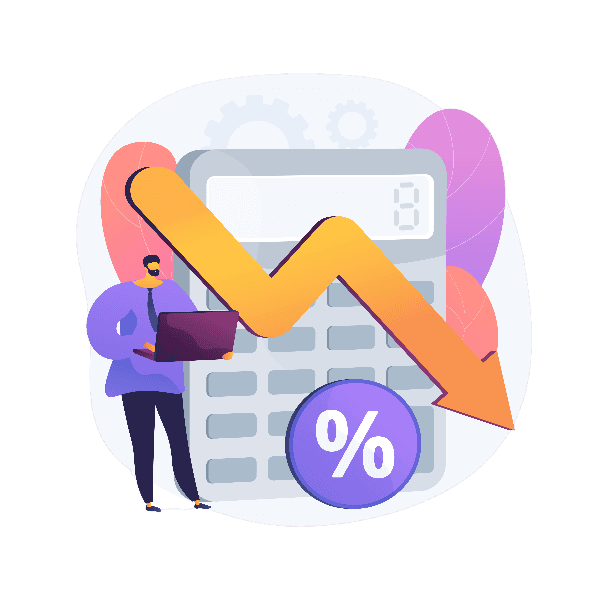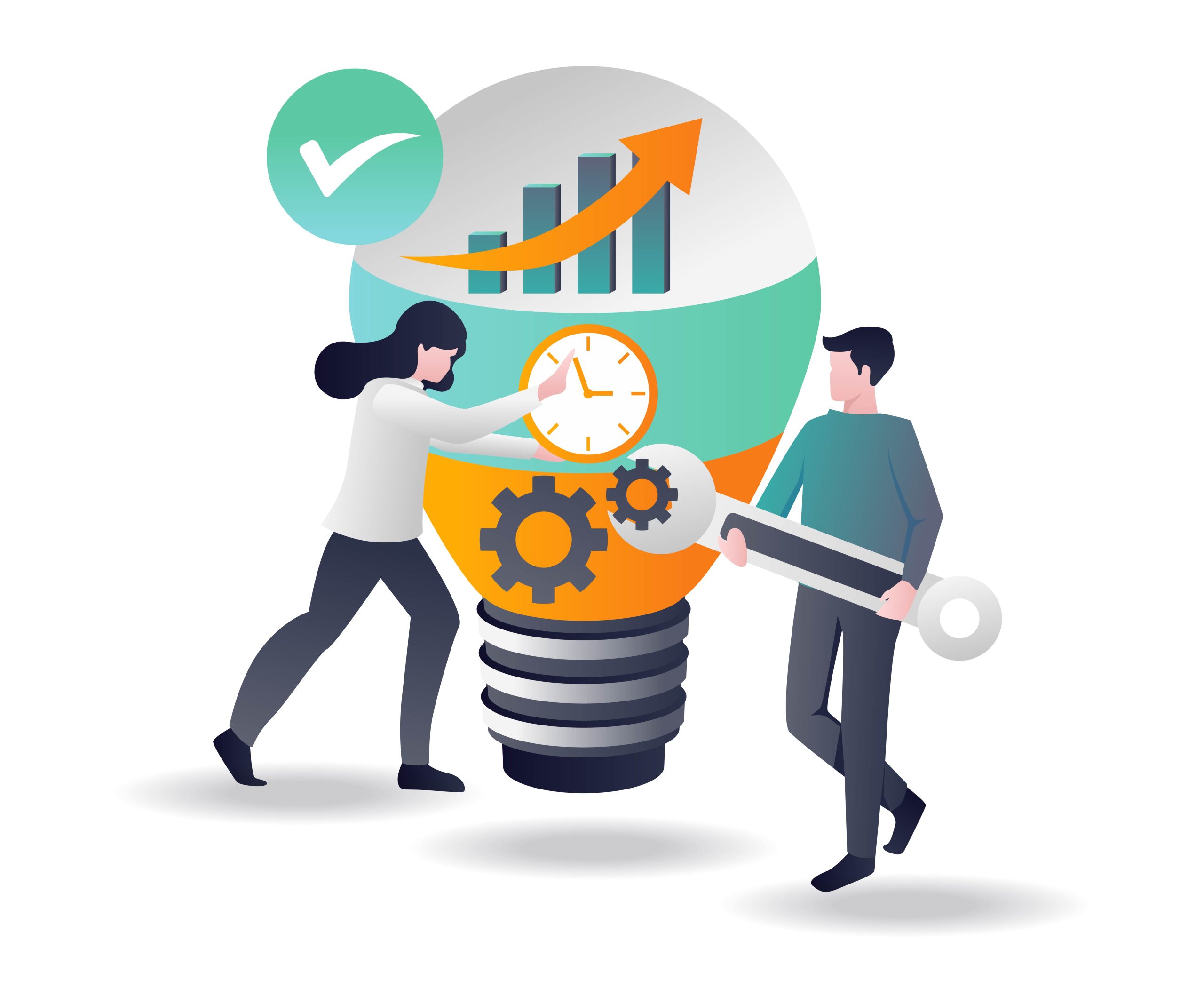Rootfact's Digital Twins for Infrastructure Management

The Use Of Digital Twins for Efficient Water Infrastructure Management
The challenge facing the water industry is a critical one in terms of maintaining the integrity and efficiency of aging infrastructure while providing clean, safe water to communities. The traditional approaches often do not have the foresight and real-time insights required for optimizing operations or predicting potential problems. This is where Digital Twins find their way as a revolutionary solution.
RootFacts Company, an innovative provider of solutions for the water industry, equips utilities with state-of-the-art technology of digital twins. With this comprehensive guide, we explore what digital twin concept is, how it applies to water industry and what special value RootFacts brings in.
What are Digital Twins?
A digital twin is a virtual copy of an actual physical object or system that extends beyond just a 3D model but incorporates real-time data, historical data and physics-based models to create dynamic simulations of its behaviour for instance:
Proactive Maintenance
By analyzing sensor data and predicting potential failures before they occur, Digital Twins enable proactive maintenance, minimizing downtime and disruptions. Think about a situation whereby there was a little anomaly on vibration detected by a digital twin on a particular crucial pump in a water treatment plant. On seeing this early warning sign, preventive maintenance can be scheduled before the pump fails thus averting any possible interruption in supply of water.
Performance Optimization
By simulating different scenarios using digital twins, one can identify areas with potential for maximizing flow rates within pipes while saving energy costs tied to pumping stations as well as reducing distribution losses. Consider using digital twin modelling at peak times throughout your district pipeline network; if only closing off one valve will make all other fittings operate more efficiently then it might be wise decision after all? This approach allows companies to minimize wastage through better management practices such as controlling pressure levels during periods when demand exceeds supply capacity thereby conserving energy resources needed for pumping stations and preventing peak load conditions on these devices.
Improved Decision-Making
Real-time data and insights from Digital Twins empower utilities to make data-driven decisions regarding infrastructure investments and operational strategies. For example, imagine that a digital twin predicts an increase in pressure on the water treatment plant during an upcoming heat wave. This could help the utility decide how best to handle such a situation by ensuring that there are no adverse consequences caused due to underestimation or overuse of chemicals as well as adjusting treatment processes in advance so that it can meet higher demands without compromising public safety aspects like quality standards etc.
Benefits of Digital Twins for Water Infrastructure Management
Digital Twins application in the water industry has numerous advantages such as:
Lower Costs
Proactive maintenance and optimized operations lead to significant cost savings by minimizing emergency repairs, maximizing asset lifespan, and optimizing energy consumption. For instance, a digital twin may identify inefficiencies in the arrangement of equipment at a water treatment plant; thus, enabling adjustments that reduce pump energy use and amounts consumed by chemical feeders.

Enhanced Efficiency
Digital Twins streamline workflows, optimize resource allocation, and improve operational efficiency across the water treatment and distribution network. A digital twin can receive real-time sensor inputs about flow rates from different parts of a pipeline system which it uses to decide when pumps should run or be repaired quickly if something goes wrong while predicting human resource requirements related with maintenance work.

Improved Sustainability
Besides conserving energy through efficient usage patterns within supply networks as well improving overall productivity levels due reduced downtime; digital twins also contribute towards sustainability through their role identification potentialities like finding best locations where we should target interventions aimed at protecting our limited fresh supplies despite increasing population numbers. Such interventions might bring about substantial savings of both resources (water) and costs (treatment).

Enhanced Resilience
The Water infrastructure’s resilience to severe weather conditions or cyber-attacks is enhanced when it can be anticipated and reacted to in real-time. Digital Twins for instance can simulate how water supplies respond to droughts, or how control systems are affected by cyber attacks thus allowing utilities to pre plan mitigation measures.

Heightened Customer Satisfaction
Fewer interruptions, scheduled maintenance communications, and optimally delivered water all contribute towards increasing customers’ contentment. Companies that provide water services may make use of Digital Twins so as to share with their clients information on both quality and availability of water in real time.

Eleents of a Water Infrastructure's Digital Twin
Generally, RootFacts digital twins for water infrastructure management include the following main components:
Virtual Representation of Physical Assets
This phase involves generating a comprehensive digital model of the physical networks like treatment plants, pumping stations, pipes and reservoirs which can be developed using 3D modelling software including integration with existing Geographic Information Systems (GIS) data.
Incorporation of Sensors
Real-time data from the physical asset can be captured through sensors. These sensors can monitor such parameters as flow rate, temperature, pressure vibration, and quality of water. The digital twin platform seamlessly integrates with this information through ingesting real time data stream from these sensors.
Data Utilization & Analysis
An extensive amount of sensor data must be effectively stored, managed and examined. RootFacts relies on efficient data management platforms and advanced analytics tools in order to obtain significant insights out of this.
Physics-based Models
These mathematical models are used in augmenting traditional Engineering principles applied during designs for predicting infrastructure behaviours more accurately. For example fluid dynamics based modelling being done due to consideration various factors like pollution level.


